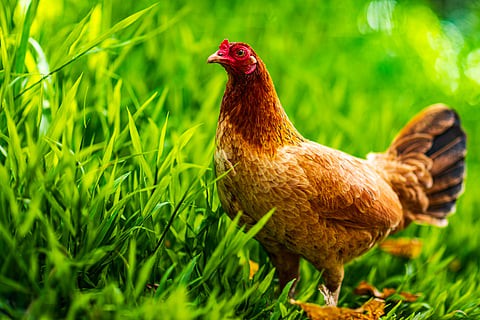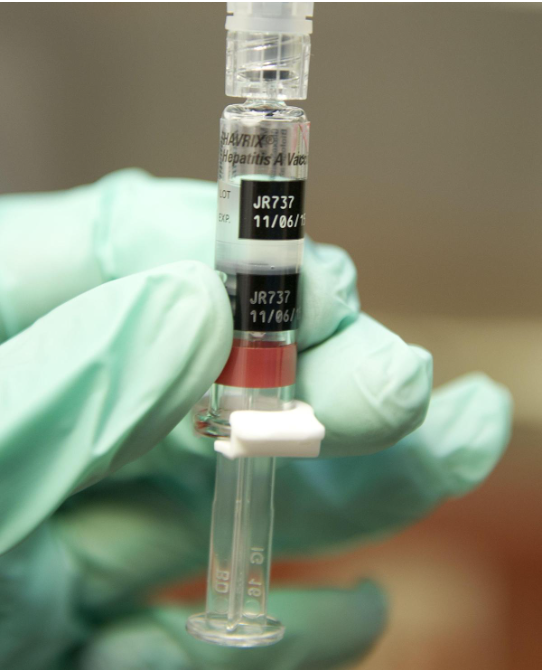




Source: HINDU
Disclaimer: Copyright infringement not intended.
While global estimates suggest that Sjögren’s affects 1 in 1,000 people, there is precise data for India.
It is roughly 10 times more common in women than in men and usually manifests in the 30s and 40s.
Sjögren’s disease, also called Sjögren’s syndrome, is a chronic autoimmune disorder primarily affecting the exocrine glands leading to decreased secretion of saliva and tears.
Named after Swedish ophthalmologist Henrik Sjögren, who first described it in 1933 the disease involves systemic immune-mediated damage beyond the glands with potential impacts on various organs.
Aspect |
Details |
|
Primary Sjögren’s |
Occurs as an isolated condition primarily targeting exocrine glands. Exocrine glands release (secrete) substances through openings (ducts) onto your body surfaces. Exocrine glands secrete sweat, tears, saliva, milk and digestive juices. A gland is a unit of cells that work together to create and secrete these substances. |
|
Secondary Sjögren’s |
Associated with other autoimmune disorders like rheumatoid arthritis or systemic lupus erythematosus. |
|
Prevalence |
Affects predominantly women with a female-to-male ratio of 9:1. Often manifests between ages 40-60. |
|
Pathophysiology |
-Characterized by lymphocytic infiltration of exocrine glands. -Autoantibodies (e.g., anti-Ro/SSA, anti-La/SSB) target glandular epithelial cells. |
Genetics: Associated with HLA-DR and HLA-DQ gene polymorphisms. HLA-DR and HLA-DQ are genes that encode MHC class II molecules, which play a key role in the immune system. HLA-DR and HLA-DQ are expressed in the development of CD4 T cells in the thymus. They process and present antigens to CD4 T cells and help mature CD4 T cells respond to antigens during infections.
Polymorphisms in these genes are associated with a number of conditions like diabetes, rheumatoid arthritis etc.
Environmental Triggers: Viral infections (e.g., Epstein-Barr virus) may initiate an aberrant immune response.
System Affected |
Manifestations |
|
Ocular System |
Dryness, corneal ulcers, conjunctivitis. |
|
Oral Cavity |
Increased dental caries, candidiasis, difficulty in chewing and swallowing. |
|
Musculoskeletal |
Arthritis, joint stiffness and muscle pain. |
|
Respiratory |
Interstitial lung disease, chronic cough. |
|
Renal |
Renal tubular acidosis, interstitial nephritis. |
|
Hematological |
Increased risk of lymphoma, anemia and thrombocytopenia. |
|
Neurological |
Peripheral neuropathy, cognitive dysfunction ("brain fog"). |
Artificial tears and saliva substitutes.
Medicines to stimulate glandular secretion.
Corticosteroids and hydroxychloroquine for systemic symptoms.
Biologics like rituximab target B-cell-mediated pathways.
Sources:
|
PRACTICE QUESTION Q.With reference to Sjögren’s disease, consider the following statements:
Which of the statements given above is/are correct? (a) 1 and 2 only (b) 2 and 3 only (c) 1 and 3 only (d) 1, 2 and 3 Answer: (a) Explanation Statement 1 is correct Sjögren’s disease is a chronic autoimmune disorder where the body's immune system attacks its own moisture-producing glands such as the salivary and lacrimal (tear-producing) glands. This leads to decreased gland function. Statement 2 is correct The hallmark symptoms of Sjögren’s disease are xerostomia (dry mouth) and keratoconjunctivitis sicca (dry eyes). These symptoms occur due to the reduced secretion of saliva and tears. Statement 3 is incorrect Sjögren’s disease is not caused by bacterial infections. It is an autoimmune condition and the exact cause remains unclear though it is associated with genetic and environmental factors. However, bacterial or viral infections might trigger or exacerbate the disease in genetically predisposed individuals. |






© 2025 iasgyan. All right reserved